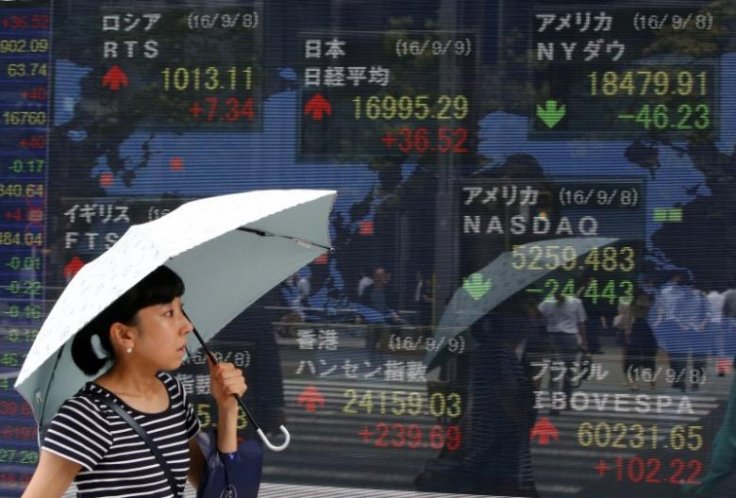
Most emerging Asian currencies barely changed levels on Wednesday as the dollar eased fractionally after a series of gains, while caution about global economic health kept investors from making large moves.
Risk appetites for emerging markets were largely subdued ahead of employment numbers from the United States later in the week. A stronger showing could increase the chances of four rate hikes by the Federal Reserve this year.
Investors were also wary about the prospect of fresh U.S tariffs on another $200 billion of Chinese goods that could be unveiled after a public comment period on such a proposal end on Thursday.
Sentiment was further hurt after news that South Africa had slipped into recession, joining Turkey and Argentina.
"I think we're just seeing a little bit of a pullback or profit taking after a strong run in the dollar earlier in the week," said Khoon Goh, ANZ's Singapore-based head of Asia research.
"At this point there's still further pressure on EM generally, and markets are awaiting two key events- one is the U.S. payrolls numbers and secondly whether or not the U.S. will announce the tariffs when the consultation period ends."
The Philippine peso, which has fallen against the dollar the past five days, rose about 0.18 percent. The annual inflation rate quickened at its fastest in more than nine years in August, implying that a fourth interest rate hike by the Philippine central bank may be on the cards.
The country has been struggling to contain inflation, as well as a large current account deficit. Weak economic fundamentals have weighed heavily on the peso and Philippine stocks this year.
The Malaysian ringgit fell 0.1 percent to the dollar and touched its lowest level since November 2017 ahead of a rate decision by the central bank.
The central bank is expected to keep its benchmark interest rate unchanged.
Malaysian exports grew more than expected in July on higher shipments to China and increased demand for manufactured goods.
INDONESIAN RUPIAH
The Indonesian rupiah was largely flat against the dollar, and stood at levels last seen during the Asian financial crisis two decades ago.
The Indonesian central bank "decisively intervened" in the foreign exchange and bond markets on Wednesday to curb volatility in the currency, Bank Indonesia's head of monetary management said.
Thanks to the intervention, "we have a stable rupiah today, but on the other side the demand for hedging is up, and there is already increased activity in the non-deliverable forwards (NDF) market," said Fakhrul Fulvian, chief economist at Trimegah Securities. "It indicates that rupiah depreciation is likely to continue."
At 0604 GMT, one-year rupiah NDFs were quoted at 16,251 per dollar, 8.9 percent weaker than the spot level.
INDIAN RUPEE
The rupee fell as much as 0.31 percent to the dollar.
The Reserve Bank of India likely sold dollars at 71.80 rupees in the local spot forex market to stem the sharp fall in the currency, two traders told Reuters.








